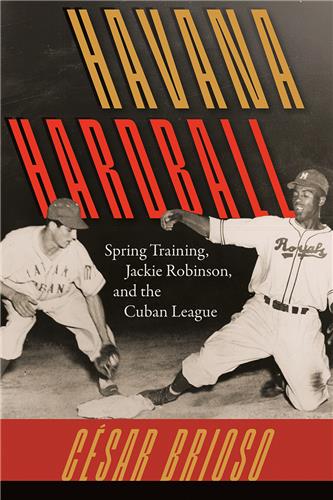Fugitive Slaves and Spaces of Freedom in North America
Edited by Damian Alan Pargas
Hardcover: $90.00
Paper: $30.00
Paper: $30.00
- Series: Southern Dissent
“An original and complex rendering of the phenomenon of slave flight. . . . Makes an important contribution to the expanding conversation on American slavery.”—Journal of American History
“Moves the discussion of fugitive slaves forward by recognizing that their experiences were as varied as American slavery and should be consulted by scholars of North American slavery at all levels.”—Choice
“The well-researched and wide-ranging essays complicate our understanding of how, when, and where fugitive slaves throughout North America risked life and limb in search of freedom.”—H-Net
“A new primer for scholars searching to complicate the consistently dominant narrative of the Underground Railroad as a singular and secure pathway to racial liberation.”—Journal of Southern History
“Reveals compelling accounts of how freedom changed over time and space. . . . Encourages us to reconsider what advertisements reveal about the past. . . . Offer[s] the next generation of scholars a strong foundation upon which to stand.”—Historian
“Sophisticates our understanding of the geography of freedom in the eighteenth and nineteenth centuries. . . . A great contribution to the field, as it not only gathers the different directions that slaves took but also brings to light new ones.”—Civil War History
“A stimulating collection. . . . The essays in this volume range from reevaluations of the historical literature about runaways to presentations of exciting new research.”—North Carolina Historical Review
“Impressive. . . . A stellar volume that contains several important historiographic interventions and will spur additional research.”—Alternate Routes: A Journal of Critical Social Research
“This superb collection brilliantly evokes the motives and strategies, risks and experiences of thousands who ventured routes of refuge beyond the ‘drinking gourd’ that led to the North.”—Sydney Nathans, author of A Mind to Stay: White Plantation, Black Homeland
"Timely and important. A wide-ranging and stimulating set of essays on runaway slaves and geographies of self-emancipation in antebellum North America."—Douglas B. Chambers, author of Murder at Montpelier: Igbo Africans in Virginia
“This anthology is the first to make a conceptual distinction between formal, semiformal, and informal freedom of runaway slaves and the first to examine the plight of fugitives in a broad continental perspective.”—Loren Schweninger, author of Families in Crisis in the Old South: Divorce, Slavery, and the Law
This volume introduces a new way to study the experiences of runaway slaves by defining different “spaces of freedom” they inhabited. It also provides a groundbreaking continental view of fugitive slave migration, moving beyond the usual regional or national approaches to explore locations in Canada, the U.S. North and South, Mexico, and the Caribbean. Using newspapers, advertisements, and new demographic data, contributors show how events like the Revolutionary War and westward expansion shaped the slave experience.
Contributors investigate sites of formal freedom, where slavery was abolished and refugees were legally free, to determine the extent to which fugitive slaves experienced freedom in places like Canada while still being subject to racism. In sites of semiformal freedom, as in the northern United States, fugitives’ claims to freedom were precarious because state abolition laws conflicted with federal fugitive slave laws. Contributors show how local committees strategized to interfere with the work of slave catchers to protect refugees. Sites of informal freedom were created within the slaveholding South, where runaways who felt relocating to distant destinations was too risky formed maroon communities or attempted to blend in with free black populations. These individuals procured false documents or changed their names to avoid detection and pass as free.
The essays discuss slaves’ motivations for choosing these destinations, the social networks that supported their plans, what it was like to settle in their new societies, and how slave flight impacted broader debates about slavery. This volume redraws the map of escape and emancipation during this period, emphasizing the importance of place in defining the meaning and extent of freedom.
Damian Alan Pargas is professor of North American history and culture at Leiden University. He is the author of The Quarters and the Fields: Slave Families in the Non-Cotton South and Slavery and Forced Migration in the Antebellum South.
Contributors: Kyle Ainsworth | Mekala Audain | Gordon S. Barker | Sylviane A. Diouf | Roy E. Finkenbine | Graham Russell Gao Hodges | Jeffrey R. Kerr-Ritchie | Viola Franziska Müller | James David Nichols | Damian Alan Pargas | Matthew Pinsker
A volume in the series Southern Dissent, edited by Stanley Harrold and Randall M. Miller
- Sample Chapter(s):
- Excerpt
- Table of Contents
There are currently no reviews available












